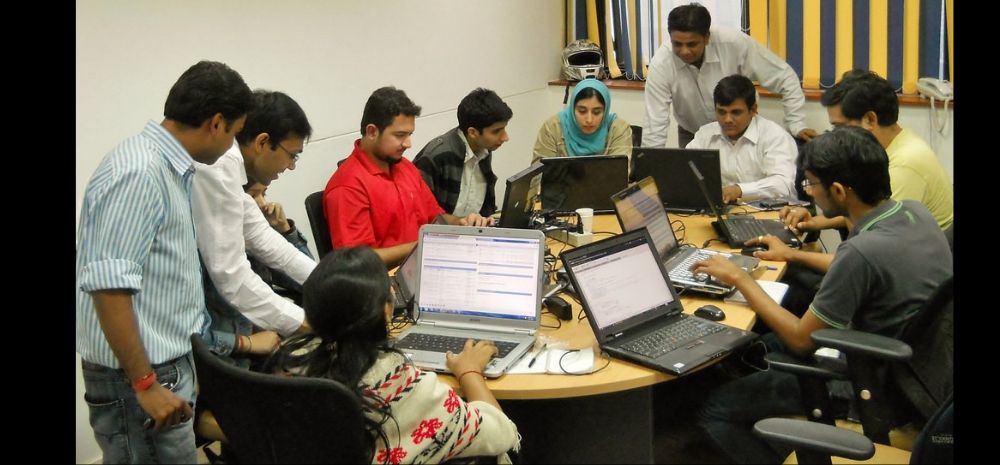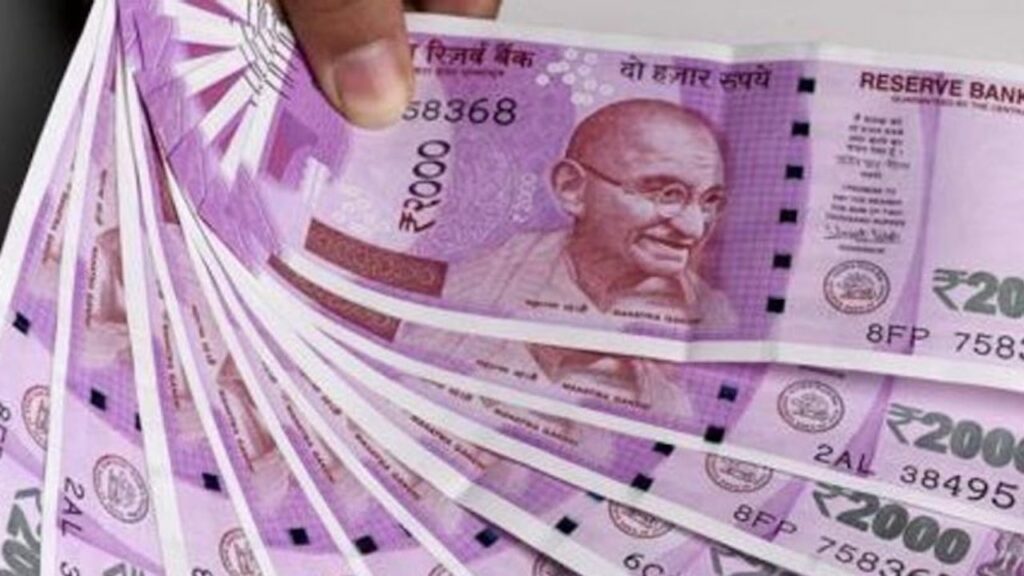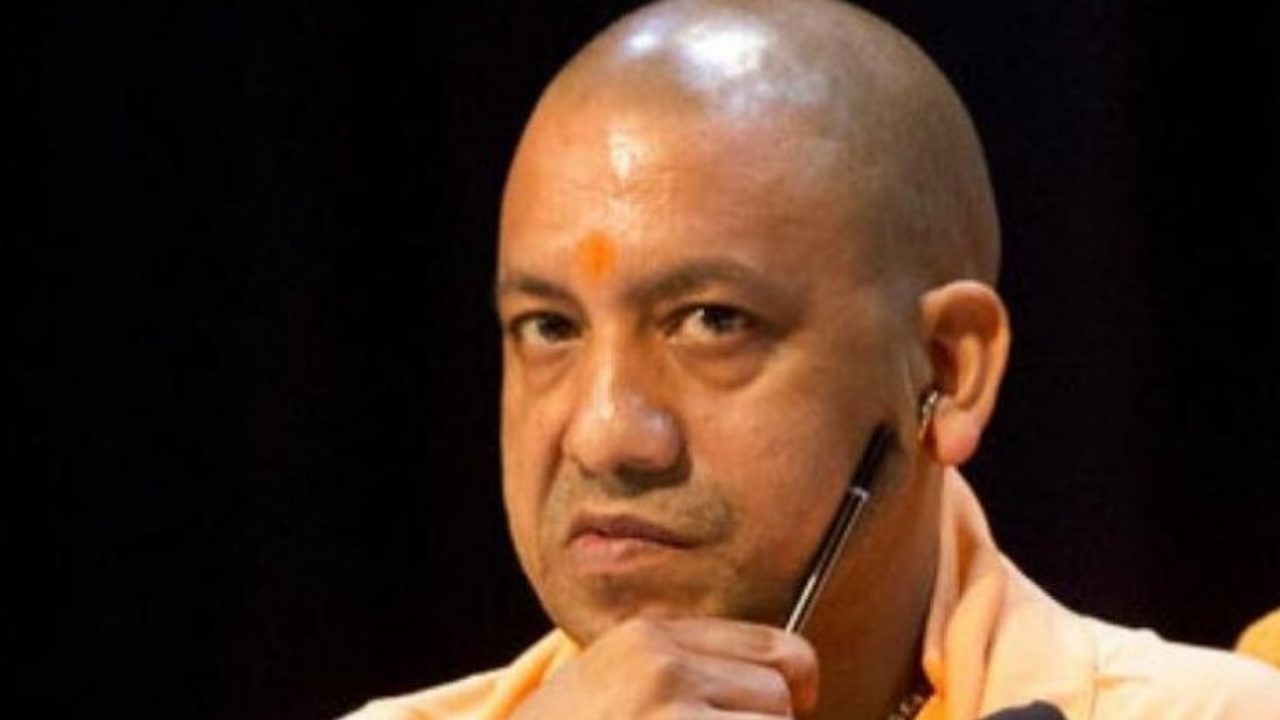Pakistan’s National Austerity Committee (NAC) — constituted by Prime Minister Shehbaz Sharif is mulling over different proposals, including slashing the salaries of government employees by 10 per cent across the board.

Other measures it may take
It is currently in the midst of one of the country’s worst economic crises in recent years along with dwindling foreign exchange reserves.
The NAC may also cut down expenditures of ministries/divisions by 15 per cent, reducing the number of federal ministers, ministers of state, and advisers from 78 to just 30 while the remaining work on a pro bono basis.
The 2019 agreement
The government is finalising recommendations on austerity as it seeks another International Monetary Fund (IMF) tranche.
However, it is reluctant to implement the conditionalities, which has led to a deadlock for the last two and a half months with the IMF.
The cash-strapped nation revived a stalled USD 6 billion IMF programme last year which was initially agreed upon in 2019.
But it also has to meet the tough conditions of the Washington-based global lender in order to get the monetary aid.
Awaiting the next funds release
There are reports that the IMF may not release more funds until the pledges made by the government are met.
The IMF board in August had approved the seventh and eighth reviews of Pakistan’s bailout programme, allowing for a release of over USD 1.1 billion.
Islamabad is waiting for the 9th review of a loan arrangement that the previous government signed with the IMF.
The review would lead to the release of the next tranche of funds which has been pending since September.
Massive inflation
Inflation is now at 25 per cent, the Pakistani rupee trading in the market at 255 to the dollar and foreign exchange reserves which have sunk to about $3.5 billion.
It has received pledges of $10 billion from foreign donors but none of that will materialize till there is progress on the IMF bailout package of $6 billion signed in 2019.
IMF’s conditions
The lender has insisted on the correction of structural imbalances in the economy and advocated strict conditionalities which the government has no choice but to accept to get the much needed aid.
However, this will provide only short-term relief without addressing any of the structural problems in an economy that cannot balance its expenditure with revenues.
Unstable economic model
Pakistan’s consumption-led, import-intensive growth model is an unsustainable one, which has trapped the country in a vicious cycle of constantly seeking aid.
It has the world’s lowest tax-to-GDP ratio which brings the question as to where its resources are coming from.
What might ease its troubles
The government now has to grapple with a very tough situation with the dwindling currency reserves, mounting debt and widening trade deficit.
If it has to make any headway, it can only do so by boosting exports, attracting remittances and generating taxes.














